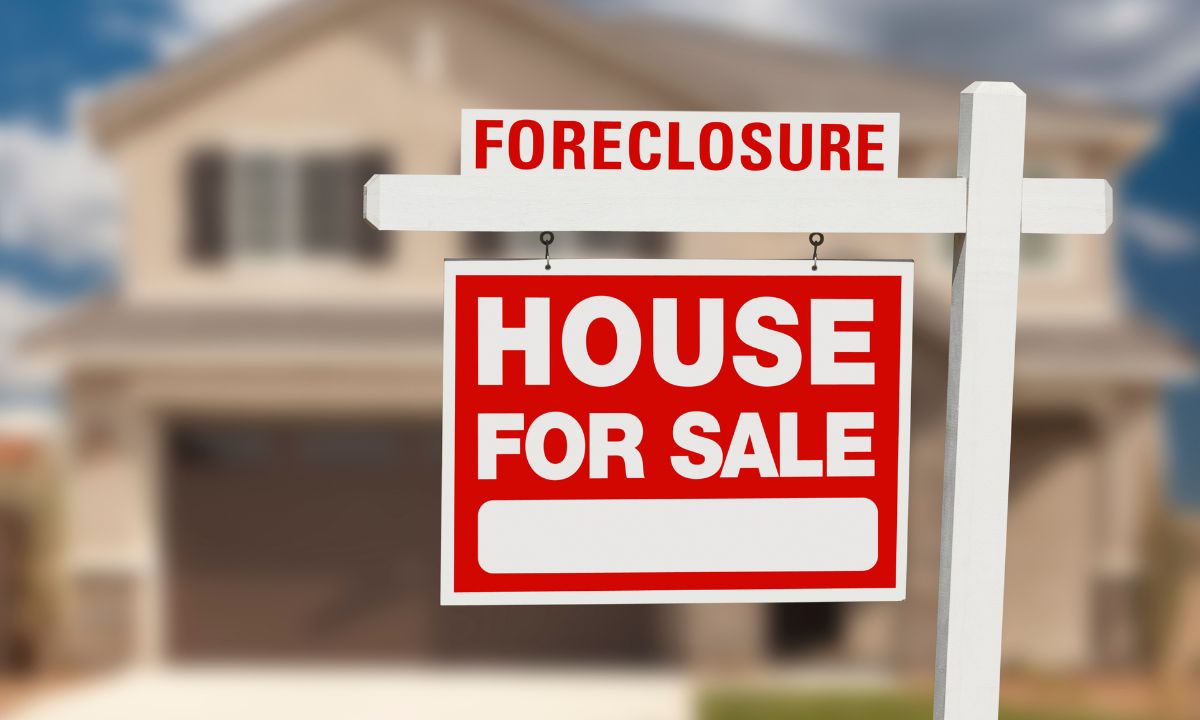
With so little in the way of data releases following the previous week’s FOMC Rate Decision, we’re left with a small release schedule with Consumer Credit and U.S. Trade Deficit rounding up the reports. While relatively light indicators of the current health of the economy, they are still useful for determining more impactful trends in the future. Next week, the inflation data reports with the CPI and PPI are the ones to look out for. This time, these are the ones that will largely determine whether we see rate cuts this year, and lending partners have already been lowering rates in anticipation.
U.S. Trade Deficit
The trade deficit fell by 2.5% in June and receded from a 19-month high, owing to higher exports of aircraft and U.S.-produced oil and gas. The deficit dropped to $73.1 billion in June from $75.0 billion in May, government data showed.
Consumer Credit
Consumers increased the amount of credit they used in June at a slower rate, in a sign of rising financial stress on U.S. households. Consumer credit rose by a modest $8.9 billion in June, Federal Reserve data showed. Economists had expected a $9.7 billion increase, according to a Wall Street Journal forecast.
Primary Mortgage Market Survey Index
- 15-Yr FRM rates are seeing a decrease by -0.36% with the current rate at 5.63%
- 30-Yr FRM rates are seeing a decrease by -0.26% with the current rate at 6.47%
MND Rate Index
- 30-Yr FHA rates are seeing a -0.01% decrease for this week. Current rates at 6.09%
- 30-Yr VA rates are seeing a -0.02% decrease for this week. Current rates at 6.10%
Jobless Claims
Initial Claims were reported to be 233,000 compared to the expected claims of 240,000. The prior week landed at 250,000.
What’s Ahead
As we head towards the last quarter of the year, next week will unveil one of the most important inflation data reports of the year. The Federal Reserve has kept a tight lip on whether it intends to cut rates this year, but they have repeatedly said it was predicted based on inflation data. With the last two releases showing favorable results in achieving their goal, it has fueled speculation that rate cuts are on the horizon.
 Purchasing a home is a significant milestone, and traditional mortgages aren’t the only route to achieving this dream. For many homebuyers, especially those who may face challenges with conventional financing, exploring alternative financing options can be a game-changer. We will discuss three creative financing options: rent-to-own, lease-purchase agreements, and shared equity arrangements.
Purchasing a home is a significant milestone, and traditional mortgages aren’t the only route to achieving this dream. For many homebuyers, especially those who may face challenges with conventional financing, exploring alternative financing options can be a game-changer. We will discuss three creative financing options: rent-to-own, lease-purchase agreements, and shared equity arrangements. As a homeowner, the thought of foreclosure can be daunting. Understanding what foreclosure is and how to prevent it can provide peace of mind and safeguard your investment.
As a homeowner, the thought of foreclosure can be daunting. Understanding what foreclosure is and how to prevent it can provide peace of mind and safeguard your investment. Buying a fixer-upper can be a strategic way to acquire a home below market value while customizing it to fit your needs. However, the financing process for these properties requires a bit of extra insight. As a loan officer, I’m here to guide you through the key mortgage considerations for purchasing a fixer-upper and help you secure the right financing to make your renovation dreams a reality.
Buying a fixer-upper can be a strategic way to acquire a home below market value while customizing it to fit your needs. However, the financing process for these properties requires a bit of extra insight. As a loan officer, I’m here to guide you through the key mortgage considerations for purchasing a fixer-upper and help you secure the right financing to make your renovation dreams a reality. When you’re looking to buy a home, one of the most important numbers you need to know is your FICO score. This three-digit number represents your creditworthiness and plays a crucial role in determining the terms of your home loan. Let’s discuss what a FICO score is, how it’s calculated, and why it matters for your home-buying journey.
When you’re looking to buy a home, one of the most important numbers you need to know is your FICO score. This three-digit number represents your creditworthiness and plays a crucial role in determining the terms of your home loan. Let’s discuss what a FICO score is, how it’s calculated, and why it matters for your home-buying journey.
 Your home is more than just a building; it’s the setting for your life story. As you plan your monthly calendar, why not include enhancing and maintaining your home? Here, we provide a thorough guide of home maintenance tasks organized into monthly, seasonal, and year-round tips.
Your home is more than just a building; it’s the setting for your life story. As you plan your monthly calendar, why not include enhancing and maintaining your home? Here, we provide a thorough guide of home maintenance tasks organized into monthly, seasonal, and year-round tips. Embarking on the journey to homeownership is an exciting milestone, but it also requires careful financial planning. One crucial aspect is managing your debt effectively. I want to ensure you have the tools and knowledge to navigate this process smoothly. Let’s discuss some essential strategies for managing your debt while purchasing a home.
Embarking on the journey to homeownership is an exciting milestone, but it also requires careful financial planning. One crucial aspect is managing your debt effectively. I want to ensure you have the tools and knowledge to navigate this process smoothly. Let’s discuss some essential strategies for managing your debt while purchasing a home. As a homeowner, you might be sitting on a valuable asset without even realizing it—your home equity. Tapping into this equity through a cash-out refinance can open up financial opportunities you hadn’t considered. Here’s how you can unlock your home’s equity with a cash-out refinance and what you need to know before diving in.
As a homeowner, you might be sitting on a valuable asset without even realizing it—your home equity. Tapping into this equity through a cash-out refinance can open up financial opportunities you hadn’t considered. Here’s how you can unlock your home’s equity with a cash-out refinance and what you need to know before diving in. Purchasing a home is a significant milestone, but the process can be intimidating, especially when it comes to saving for a down payment. Fortunately, Down Payment Assistance (DPA) loans offer a solution that can make homeownership more accessible. Let’s discuss how DPA loans work, their benefits and drawbacks, and the steps involved in leveraging these loans for your home purchase.
Purchasing a home is a significant milestone, but the process can be intimidating, especially when it comes to saving for a down payment. Fortunately, Down Payment Assistance (DPA) loans offer a solution that can make homeownership more accessible. Let’s discuss how DPA loans work, their benefits and drawbacks, and the steps involved in leveraging these loans for your home purchase.